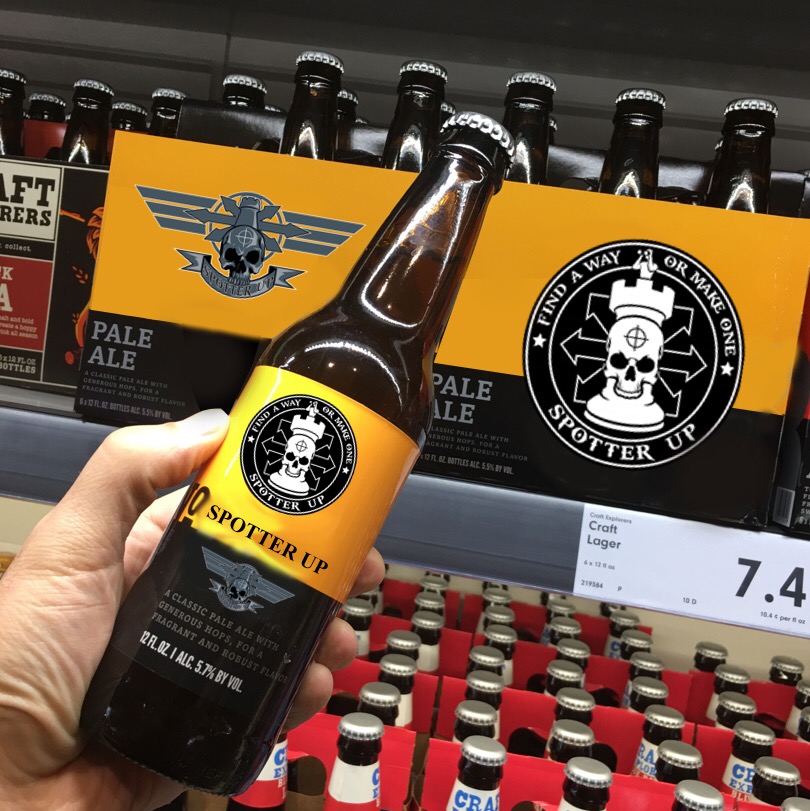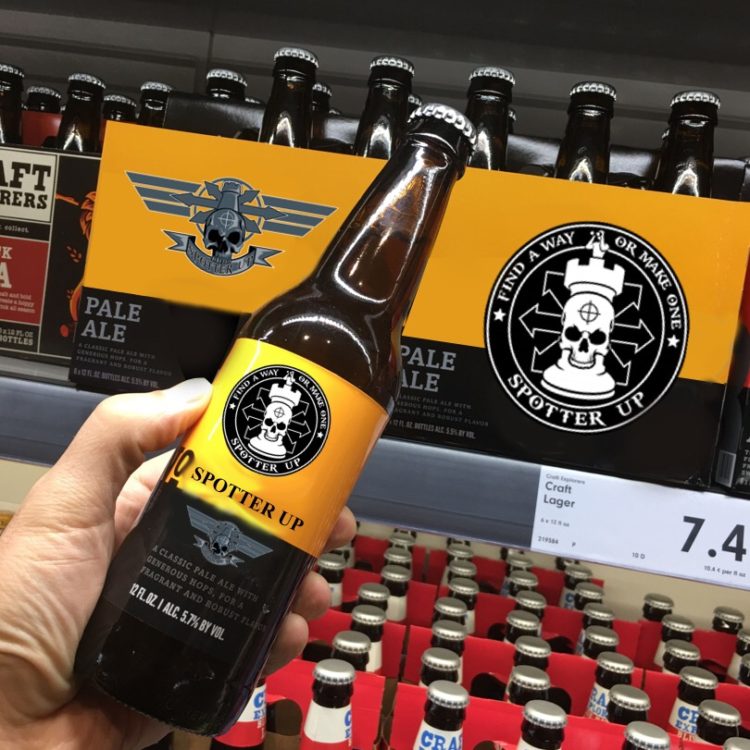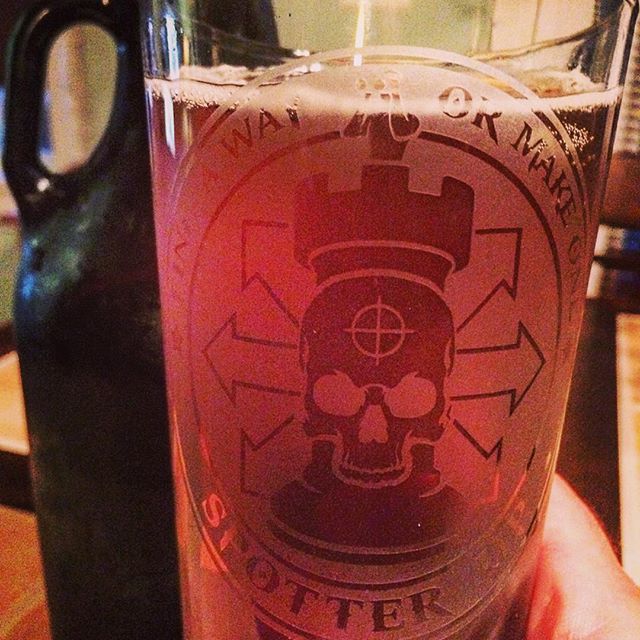by Frank Moss
Brewing beer is actually quite easy and, its a free (as in beer) pastime. Yes the supplies might cost money and time, but the methodology is as old as civilization; thusly public domain. The basics are simple and provide a means of making good beer that you can enjoy, share and trade.
Materials Needed:
- Boiling pot or stock pot (5 Gallon recommended)
- Stove, propane cooker etc
- Carboy/Fermenting Bucket and a bottling bucket
- Bottles (Grolsh work best for cheap)
- Tubing
- Sanitizer
Basic Ingredients:
Water
- Self explanatory, so make it clean and reasonably pure; boil first. That said Oregon State University brewed beer from duck pond water in the documentary “How Beer Saved the World“
http://vimeo.com/23278902
Fermented Sugar
- Malted barley is a main staple in sugar category; sometimes bolstered with corn, rice, wheat, etc to lighten the taste. A ready to use version of malted barley is called malt syrup or extract is readily available. This should be the beginner’s first stop as malting barley is complex and touchy.
Hops
- Hops give beer the bitter that balances the sweet, helps preserve the beer and allows the head to stay. Prepared pellets/flowers are easily procurable for almost no money. You can grow these at home in full sun on a simple trellis. Make sure you shell the hops completely.
Yeast
- This isn’t Fleishman’s self rising yeast; they fart gas (bread holes) not piss alcohol (whee!). Worst case scenario, you might be able to culture yeast from an unfiltered beer (provided is has not been pasteurized which would kill the yeast). More on culturing yeast later, but it is easy enough to buy yeast for culture. Personally we like White Labs Pure Pitch Yeast. Ale yeasts are top fermenting and active above 55°F/20°C. Lager yeasts are bottom fermenting and active from 55°F/20°C to 32°F/0°C.
The Method:
Make the Wort
- Bring 1.5 gallons of water to a boil.
- Remove from heat and dissolve in the malt extract slowly. Do not let any stick to the sides of the pot or the bottom as it will burn and ruin the batch.
- Return to heat for 50 minutes, stirring frequently and constantly watching for boil overs.
- At 50 minutes stir in the hops which will create a foam (hence the 5 gallon pot).
- Allow to cook for 10-20 minutes. Watch for boil overs.
- Prepare an ice cold water bath to cool the wort in.
- When the Wort is done cooking, remove from heat and float the pot in the ice bath stirring the Wort constantly until it reaches 80°F/27°C. This process should take roughly 20 minutes.
Prepare the Yeast
- If you are using dry yeast, follow the package directions.
- One packet of yeast in a cup of water at 90°F/35°C.
- If you are using Pure Pitch it’s a direct add.
- If you are using dry yeast, follow the package directions.
Ferment
- Add the other 3 gallons of water to the carboy.
- Funnel the Wort into the carboy and mix gently.
- Pitch the yeast.
- Cap the carboy with the fermenter lock.
- Store the carboy in 60-75°F/15-24°C for about 2 weeks.
- If the bubbling in the fermenter lock stops, move the carboy to a warmer room.
Bottle
- Boil 3/4 cup of corn sugar (4 oz by weight), or 2/3 cup of white sugar, or 1 and 1/4 cup dry malt extract in 2 cups of water and let it cool.
- Pour the mixture into the bottling bucket. Be careful not to add too much as your bottles could explode or pop their top.
- Place the bottling bucket on the floor and the carboy on the table above it.
- Use the tubing to gravity siphon the beer from the carboy to the bottling bucket slowly. There should be no splashing and you should not use your mouth to start the flow. Sanitized water into a mason jar will start the siphon action.
- Wait 30 minutes for any sediment to settle.
- Using the same setup siphon the beer from the bottling bucket into the bottles.
- Fill each until 3/4 of an inch from the top of the bottle.
- Store for 2-4 weeks to allow carbonation to occur.
Watch for signs of contamination
- Strands in the beer signify a lactose contamination.
- Milky slime at the top is a sign of a microderm contamination.




